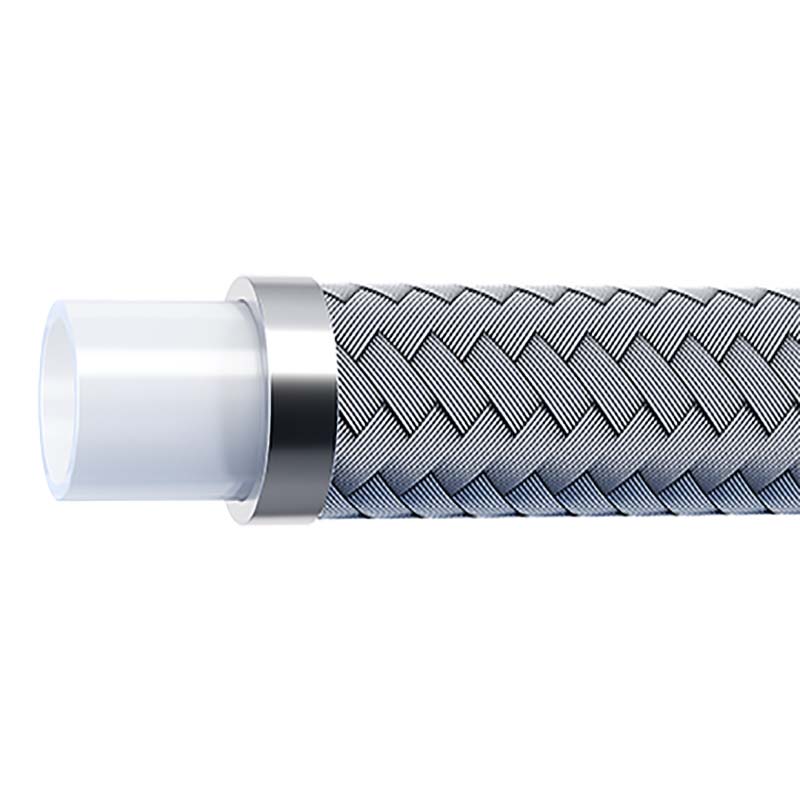2025-05-20 15:40:19
PTFE (polytetrafluoroethylene) hoses
The following is a professional maintenance and upkeep guide for PTFE (polytetrafluoroethylene) and UPE (ultra-high molecular weight polyethylene) hoses, with operational recommendations based on actual application scenarios and material characteristics:
1、 General maintenance principles
Media compatibility verification
Before use, it is necessary to confirm the compatibility between the transmission medium and the hose material (PTFE is almost completely inert, but UPE needs to avoid contact with oxidizing strong acids such as concentrated nitric acid).
When using a new medium for the first time, it is recommended to conduct a 48 hour immersion test and test the tube expansion rate (which should be less than 3%).
Periodic state monitoring
PTFE hose: Check the surface quarterly for crystallization white spots (indicating the risk of high-temperature stress cracking).
UPE hose: Use an ultrasonic thickness gauge to measure the wear of the pipe wall every month (if the wear is greater than 15% of the wall thickness, it needs to be replaced).
2、 Differentiated maintenance plan
(1) PTFE hose special maintenance
① Bending fatigue protection
In dynamic bending scenarios, the bending frequency is limited to ≤ 30 times/minute, and the bending radius is ≥ 6 times the diameter of the pipe (e.g. DN50 pipe requires ≥ 300mm).
During installation, use spring sleeves or PTFE memory molded brackets to avoid repeatedly bending the same position.
② High temperature environment maintenance
When used at a high temperature of 260 ℃, check the compression rebound performance of the sealing components at the flange connection every week (compression permanent deformation ≤ 20%).
Slow cooling is required after shutdown (cooling rate ≤ 50 ℃/h) to prevent thermal stress cracking.
③ Cleaning standards
Use a 5% sodium hydroxide solution for cyclic cleaning (flow rate 1.5m/s) to remove residual fluorinated polymers attached to the inner wall of the pipe.
Do not use metal brushes to avoid scratching the dense surface layer.
(2) UPE hose special maintenance
① Wear and tear protection strategy
When conveying media containing solid particles, wrap Kevlar wear-resistant tape around the outside of the pipe (the wear rate can be reduced by 40%).
Rotate the hose 120 ° every 200 working hours to evenly distribute the worn area.
② Electrostatic safety management
The surface resistance of conductive UPE hoses should be tested monthly (should be ≤ 10 ⁶ Ω), and if it exceeds the range, the conductive layer should be wiped with isopropanol.
When non-conductive hoses are used in dusty environments, they need to be externally grounded with copper strips (spaced ≤ 3m apart).
③ Low temperature environment operation
-In a 40 ℃ environment, it is necessary to pre circulate a 20 ℃ medium for pipeline preheating before starting (temperature gradient ≤ 15 ℃/min).
Do not hammer or suddenly apply pressure at low temperatures to prevent brittle fracture.


Leave a Comment